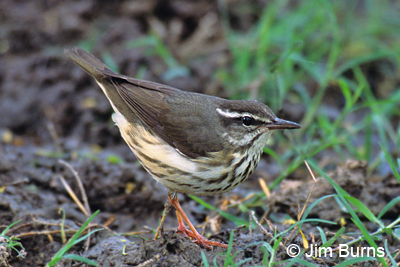
An annual state parks pass
Arizona’s state parks preserve some of our most scenic and historic areas from development and overcrowding, so it’s no coincidence that they also provide some of our state’s best habitat for birds, a fact often overlooked by many birders, particularly during winter. The term “snowbird” may apply figuratively to visitors of our own species from the north, but it also applies literally to avian visitors from the north and from Mexico.
Three of the best state parks for winter birding are Boyce-Thompson Arboretum (spotlighted in my last column), Patagonia Lake (which I’ll spotlight next month), and Lake Havasu. Patagonia Lake State Park is considered by many to be the best wintertime birding destination anywhere in the state. From Thanksgiving through March, due to its warm daytime temperatures, great habitat diversity, and proximity to the border, it has hosted a wide array of birds such as eastern phoebe, Louisiana waterthrush, and green kingfisher not usually seen in Arizona. Our state’s most-sought breeding species, the spectacular elegant trogon, has recently begun to overwinter here rather than in Mexico.
This is also the season in which Lake Havasu waters attract unusual species not typically associated with our desert state, loons, grebes, and gulls, and most serious Arizona birders make at least one trek to the Colorado River parks every winter to see what rare transients cold weather has delivered. A state parks pass makes these three venues and the rest of our wonderful state park system available at great savings with two price levels, $50 or $125.
Wings in the Desert; A Folk Ornithology of the Northern PimansThis large format book is a fascinating account by Amadeo Rea of the prominent place that birds held in the culture of the Native Americans who occupied central and southern Arizona before us. It speaks to the origins of their folklore in their proximity to the natural world, a proximity which we have lost. They knew, for example, that the common poorwill hibernated in winter, a fact not known to modern ornithology until quite recently. Wings in the Desert, published by the University of Arizona Press, is $70.
Birds of North America: Life Histories for the Twenty-first Century
This huge, 18 volume reference work, a ten year project of Cornell University covering everything you’d ever want to know about every breeding species in North America, is now available by subscription online for the price of a magazine. You can put this virtual ornithological library at your favorite birder’s fingertips for just $5 for 30 days or $42 a year. Here’s hoping the person who calls me her favorite birder is reading this column.
